A Guide to the Pinnacles Loop Walking Track
Nestled within the Pambula-Haycock area of Beowa National Park, the Pinnacles Loop Walking Track offers a captivating blend of natural beauty and geological intrigue.
Located near Eden on New South Wales’ South Coast, this 1.1-kilometre loop is a must-visit for nature enthusiasts and casual walkers alike.
To reach the trailhead, drive approximately 10 kilometres south from Pambula along the Princes Highway. Turn left onto Haycock Road, then right onto Pinnacles Access Road. The unsealed road leads to a designated car park equipped with non-flush toilets. While the road is suitable for most vehicles, it’s advisable to check conditions during wet weather.
Trail overview: What to expect on the walk
The Pinnacles Loop Walking Track is a gentle 1.1-kilometre circuit, suitable for most fitness levels. The path meanders through coastal heath and woodland, leading to two lookout points that offer stunning views of the Pinnacles rock formation and the surrounding coastline. The track is well-maintained, with some sections featuring steps and gentle inclines.
The Pinnacles rock formation: A geological marvel
The Pinnacles are a striking erosion feature consisting of cliffs of soft white sands capped with a layer of red gravel clay. This unique formation was deposited during the Tertiary geological period, up to 65 million years ago. The contrasting colours and textures make it a popular subject for photography and a fascinating sight for geology enthusiasts.
Lookouts and coastal views: Highlights along the track
The two lookout points along the track provide panoramic views of the Pinnacles and the surrounding landscape. From these vantage points, visitors can enjoy coastal views south to Lennards Island and north to Haycock Point. The lookouts are equipped with safety railings and interpretive signage, enhancing the visitor experience.
Flora and fauna: Nature’s display in Beowa National Park
Beowa National Park is home to a diverse range of flora and fauna. The coastal heathland is dominated by banksias, wattles, and tea trees, providing habitat for various bird species, including the hooded plover and the endangered pied oystercatcher. Visitors may also spot eastern grey kangaroos, echidnas, and a variety of reptiles along the track.
Best times to visit: Seasonal considerations
The Pinnacles Loop Walking Track can be enjoyed year-round, but the best times to visit are during spring and autumn when temperatures are mild and wildflowers are in bloom. Whale watching is popular from September to early December, as southern right and humpback whales migrate along the coast. Birdwatching is also rewarding during these seasons, with many species active in the area.
Nearby attractions: Exploring more of the Sapphire Coast
The Pambula-Haycock area offers several other attractions worth exploring. The Haycock Point to Barmouth Beach walking track provides scenic coastal views and opportunities for whale watching and birdwatching. Severs Beach and Terrace Beach are ideal for swimming and picnicking, while the Pambula River kayaking tour offers a unique perspective of the park’s waterways.
Final thoughts on the Pinnacles experience
The Pinnacles Loop Walking Track is a delightful short walk that showcases the unique geological features and natural beauty of Beowa National Park. Its accessibility and well-maintained path make it suitable for visitors of all ages and fitness levels. The combination of striking rock formations, coastal views, and diverse flora and fauna ensures a memorable experience for all who venture along this trail.
- Day dream on the Pinnacles Beach
- Amazing rock formations
- Enjoy the coastal views
Practical Information
- Opening times: Beowa National Park is open year-round but may close during extreme weather or fire danger.
- Dress code: Comfortable walking shoes, sun protection, and weather-appropriate clothing are recommended.
- How to get there: From Pambula, drive south on the Princes Highway for approximately 10 km, turn left onto Haycock Road, then right onto Pinnacles Access Road.
- Best times to visit: Spring and autumn for mild weather and wildflowers; September to early December for whale watching.
- Safety aspects: Carry water, stay on marked trails, and be aware of limited mobile reception in the area.

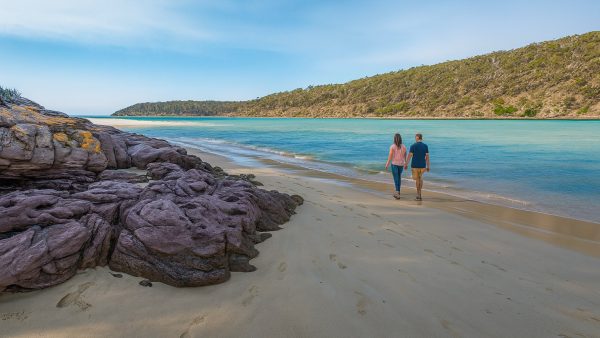
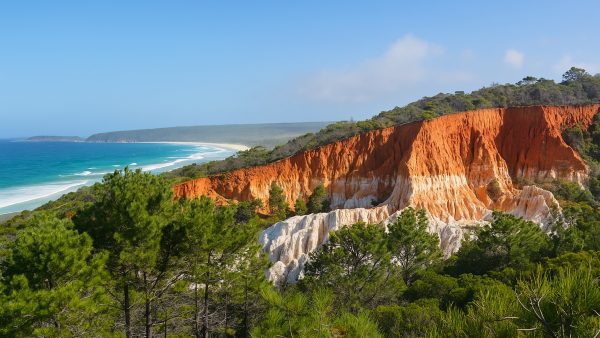
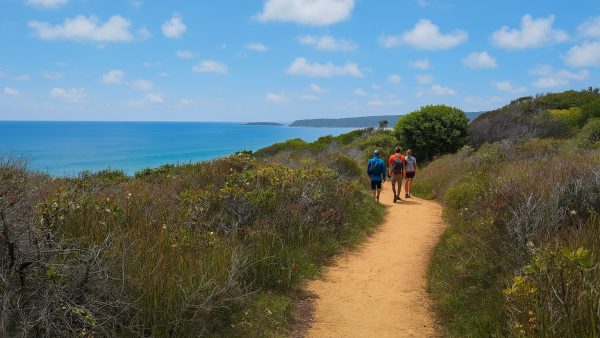
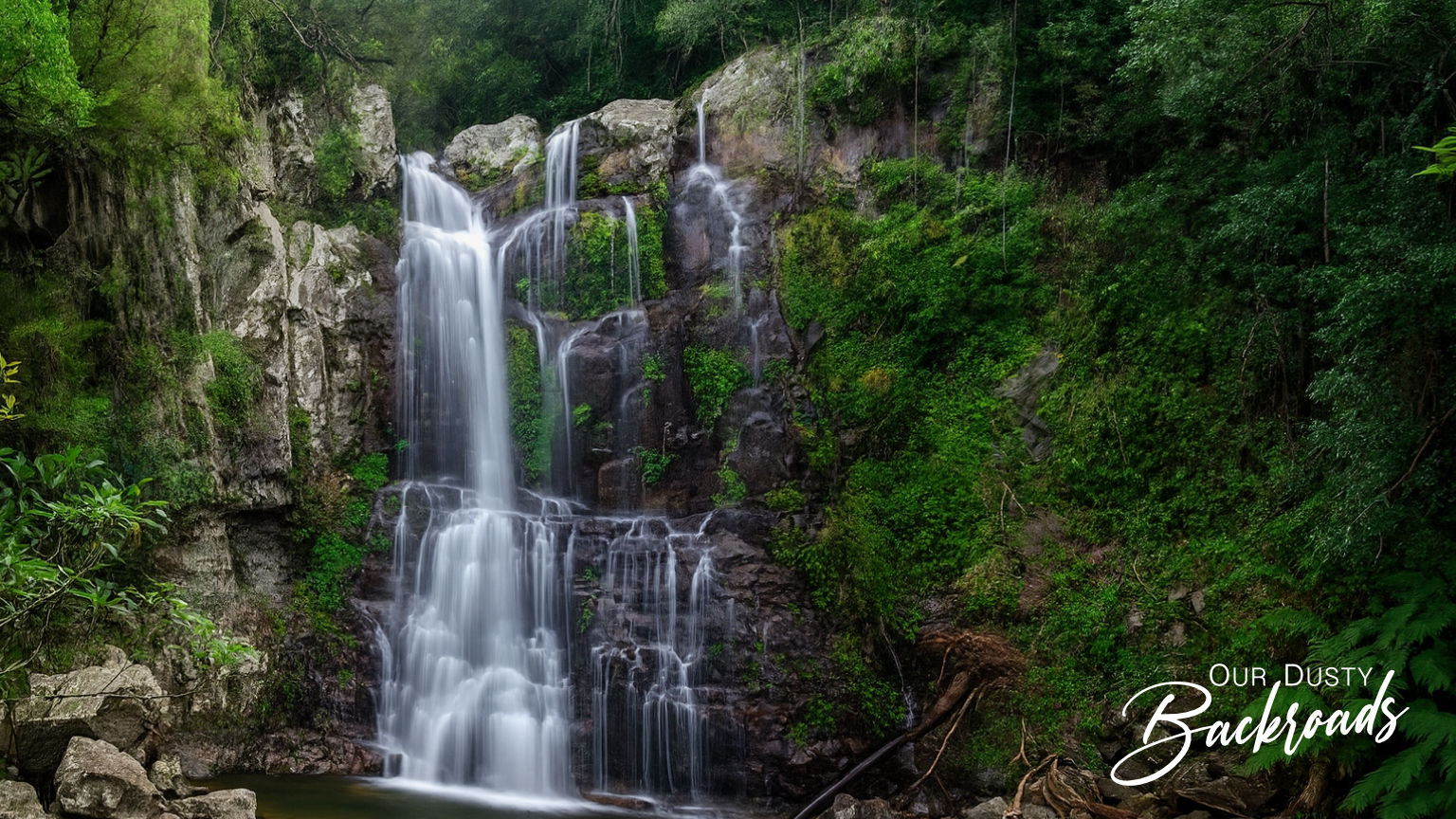

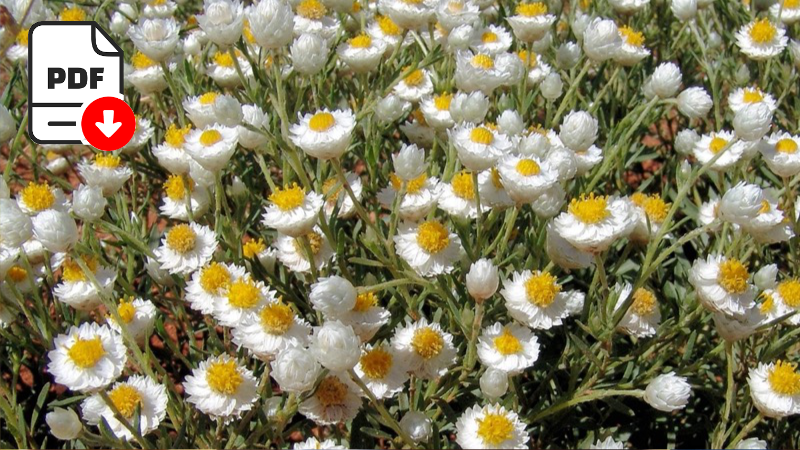
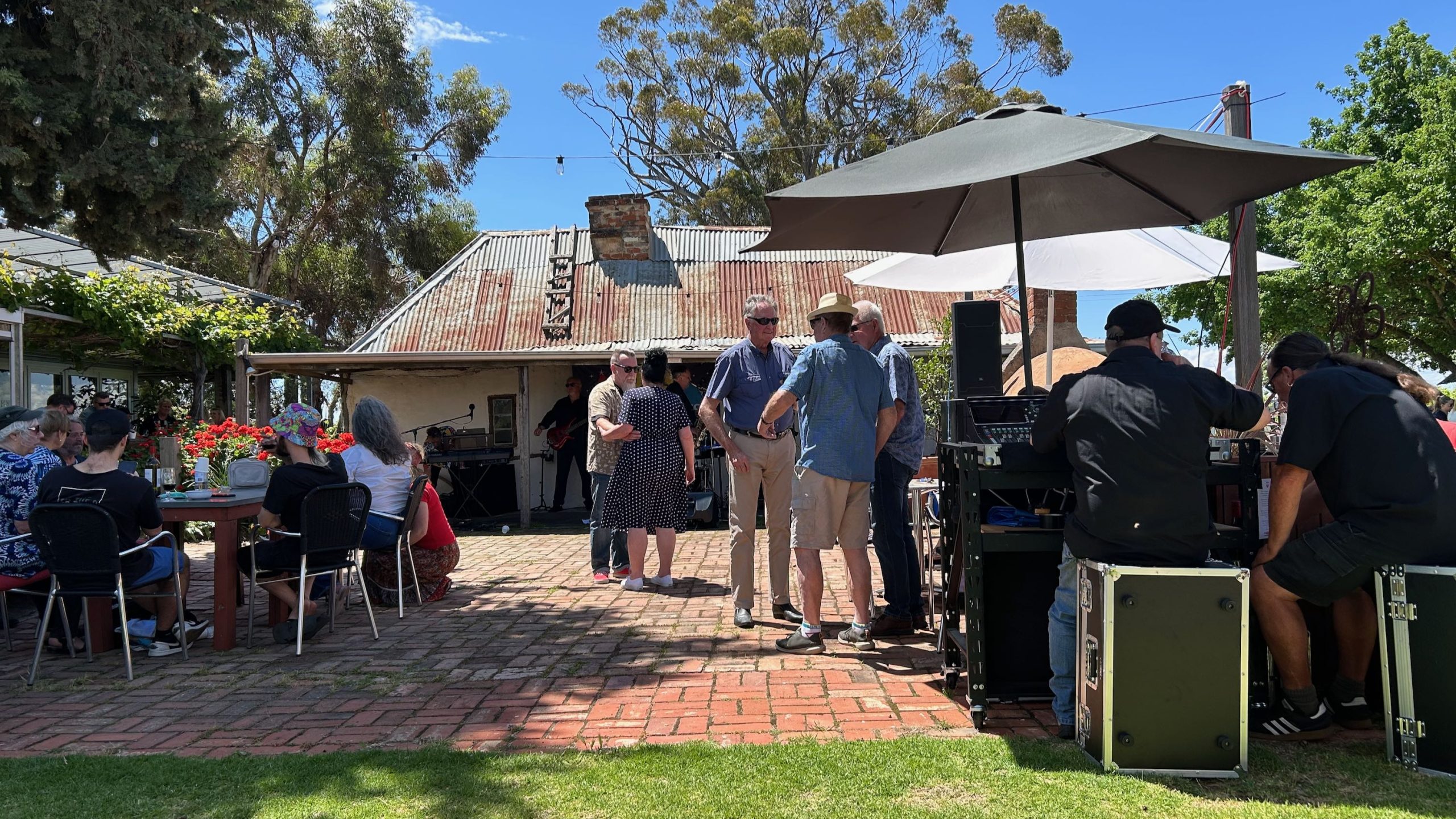


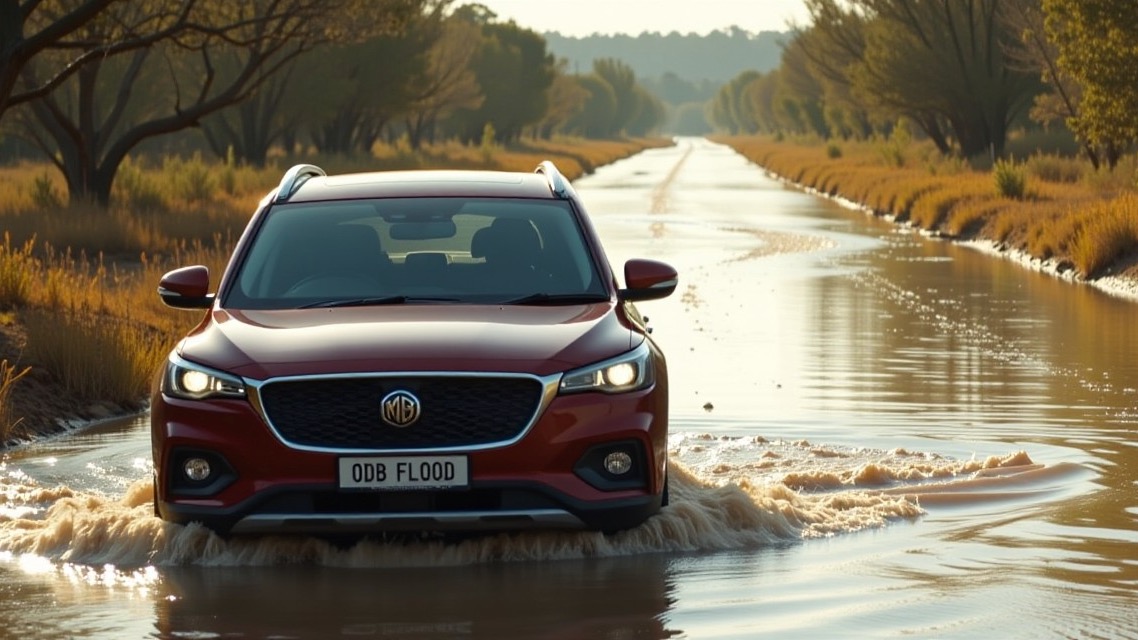
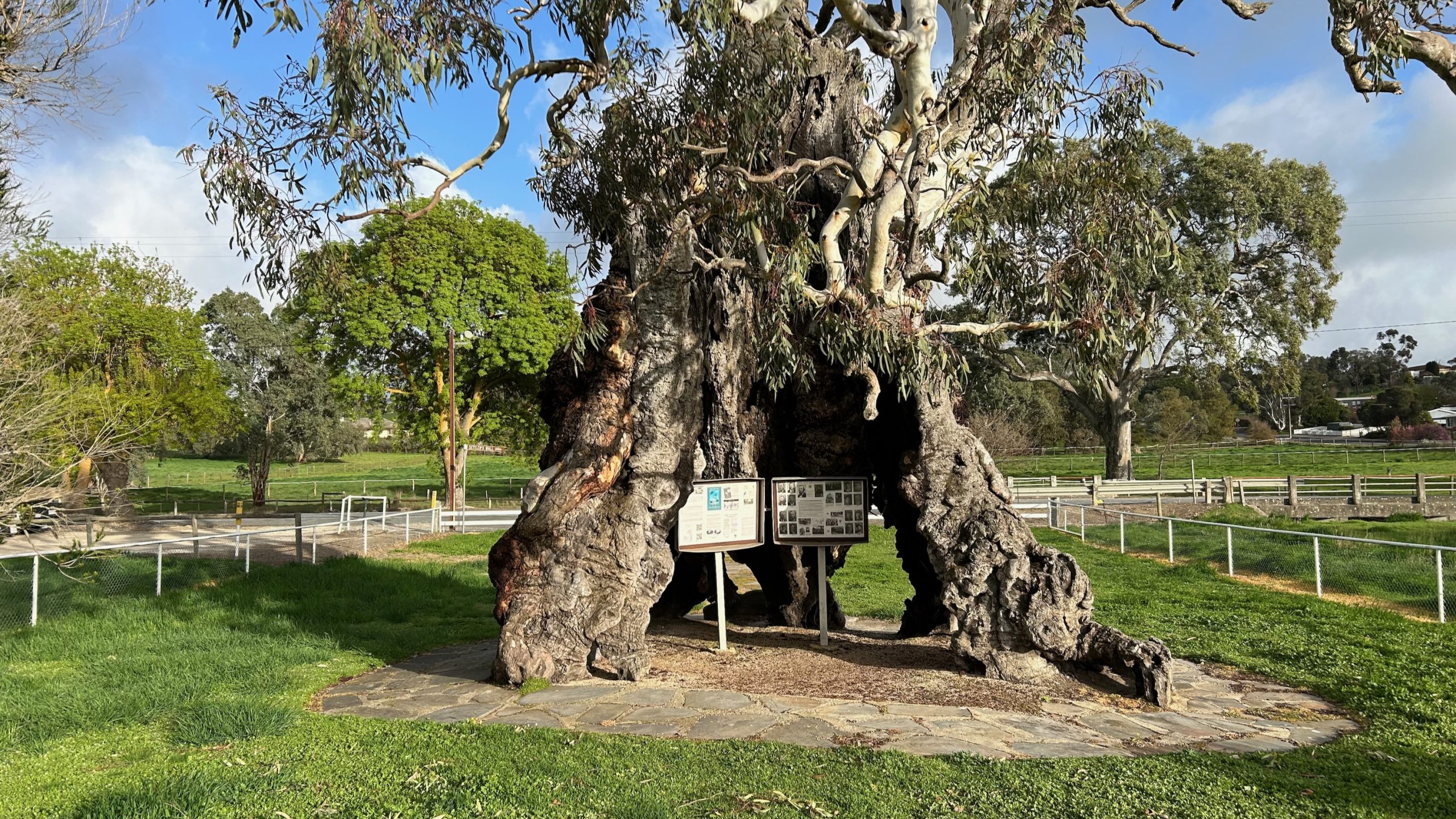
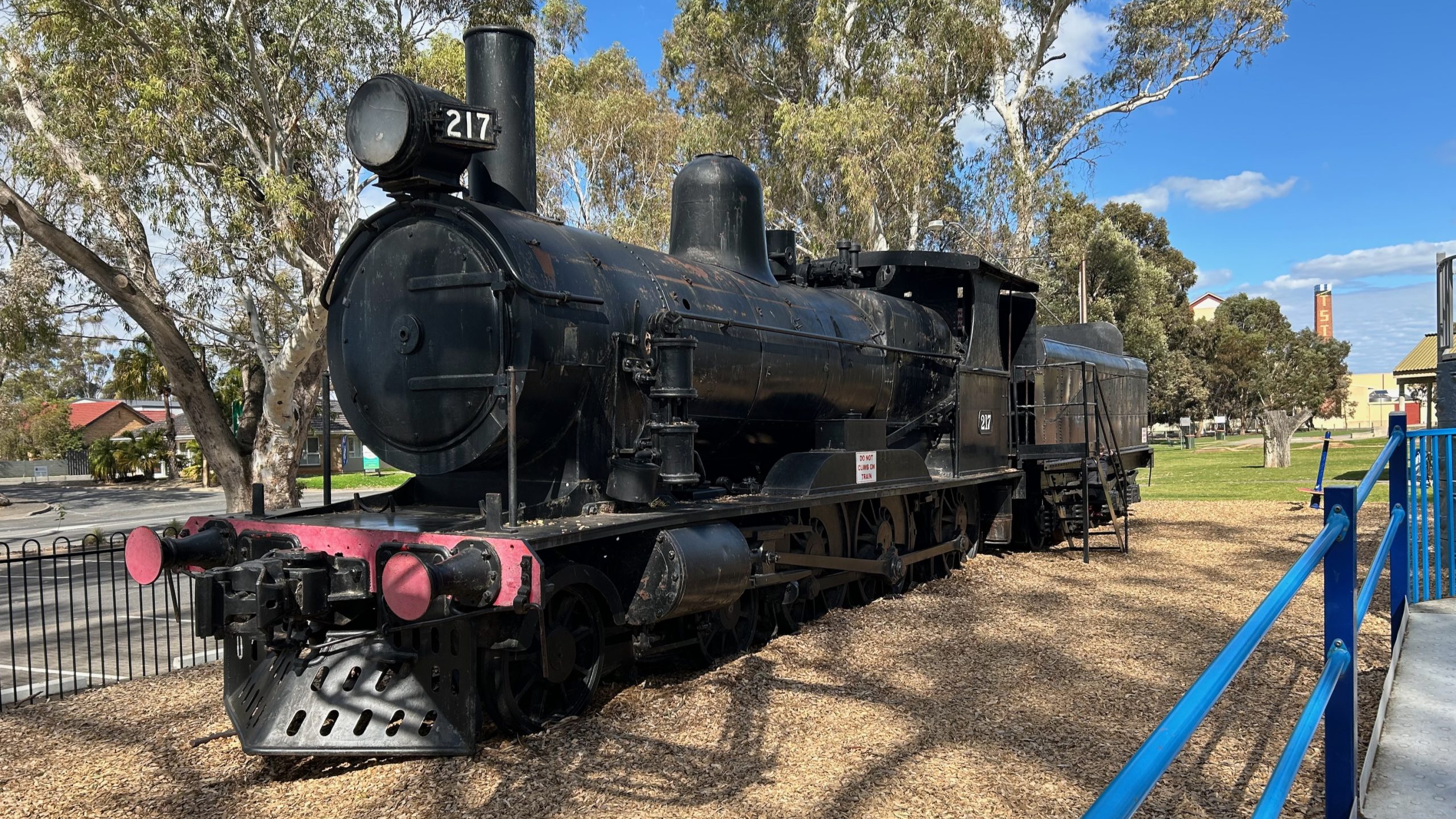
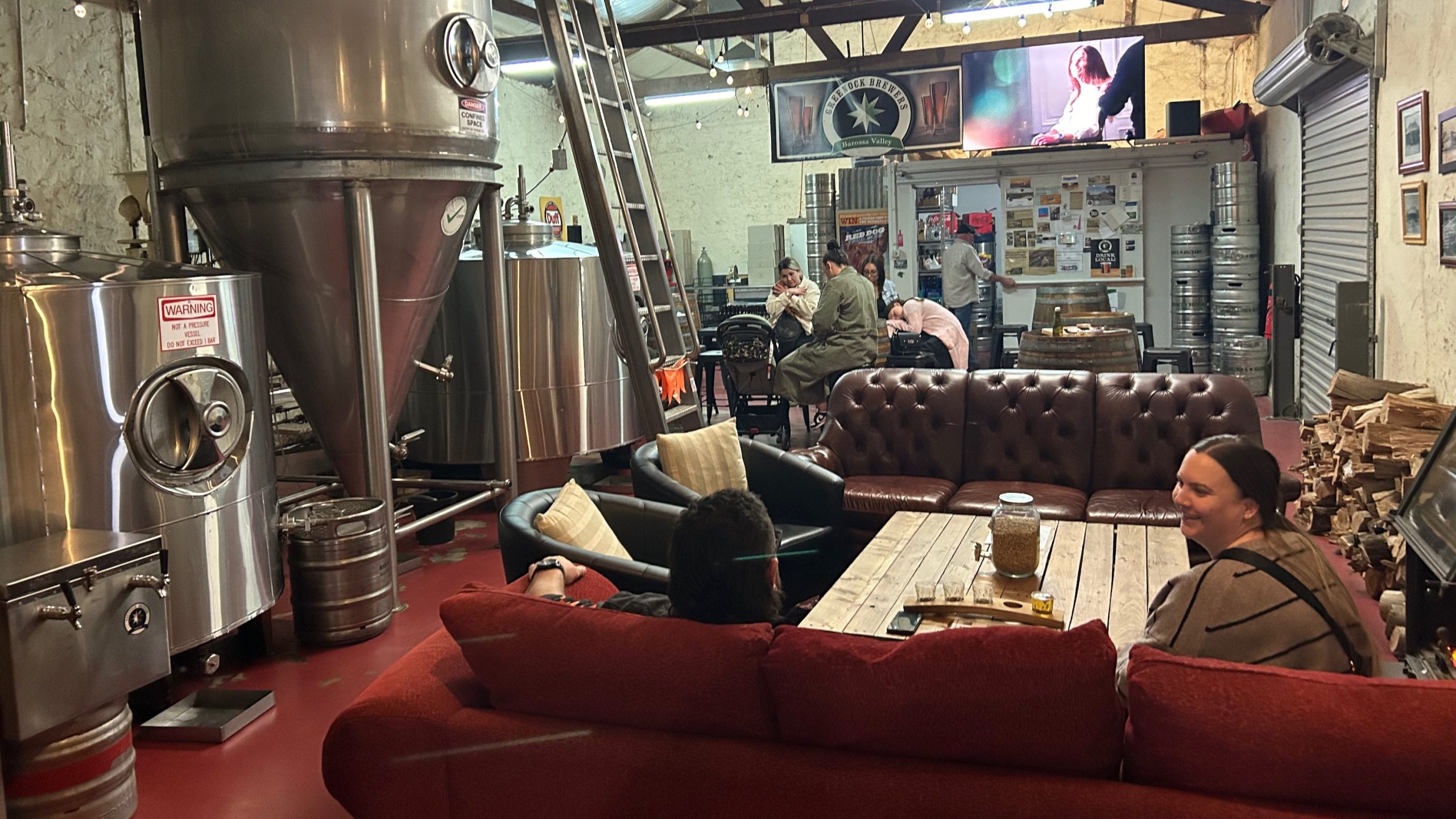

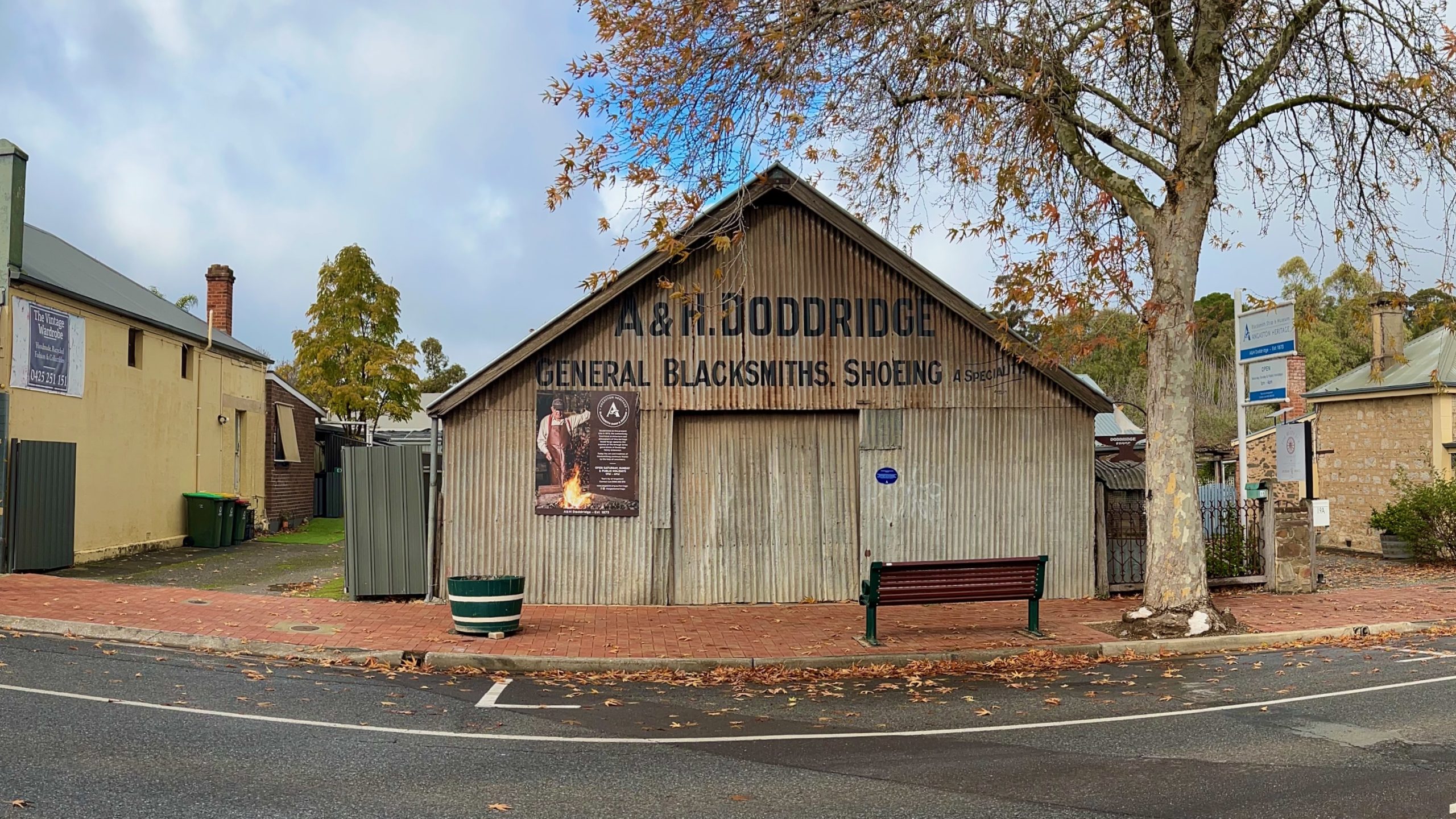
Leave A Comment